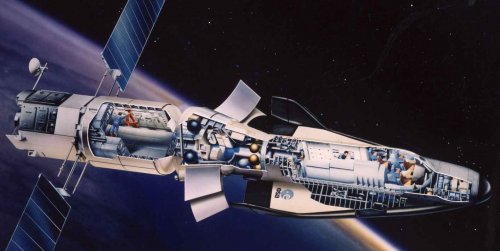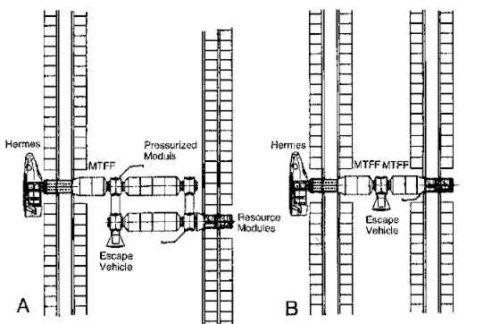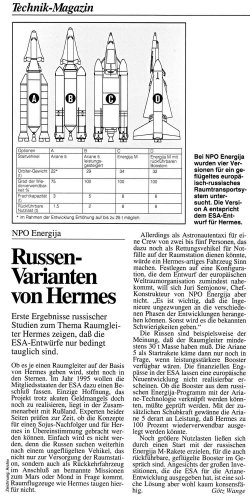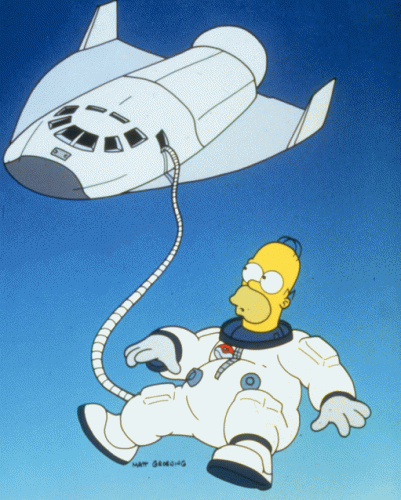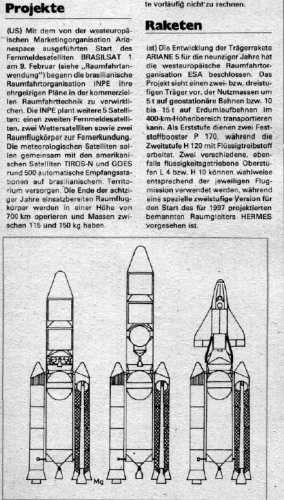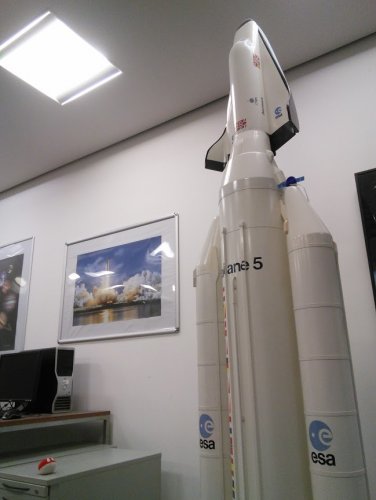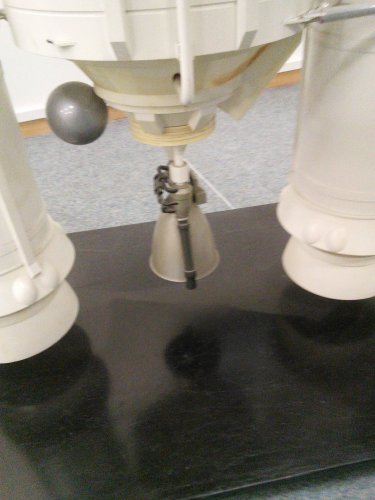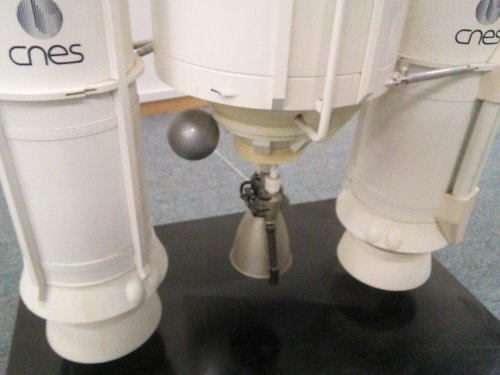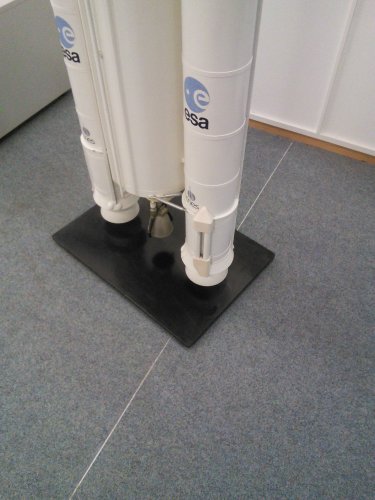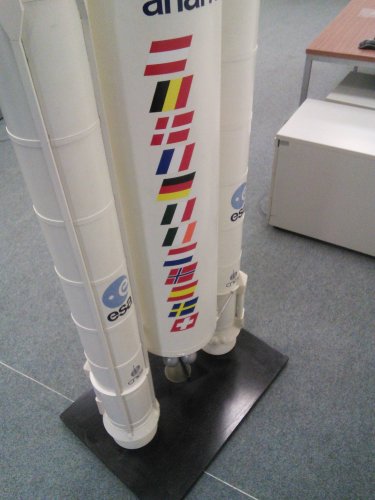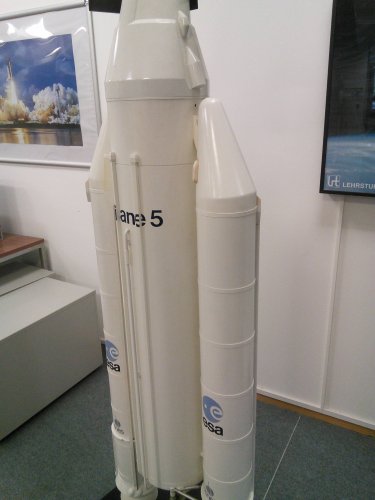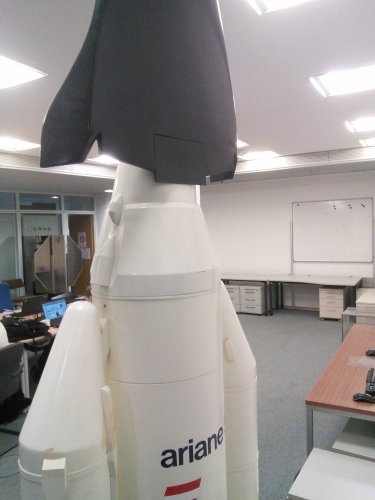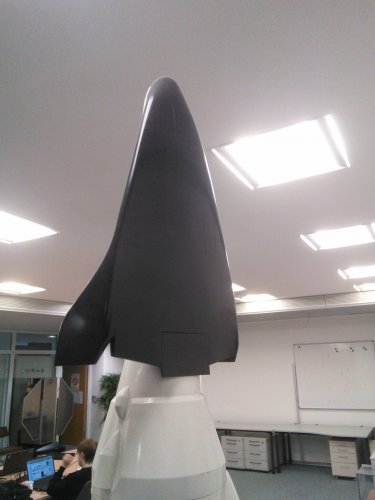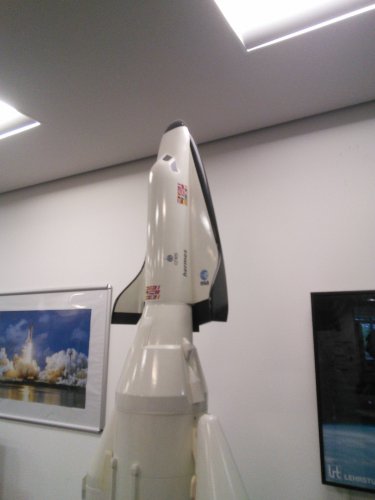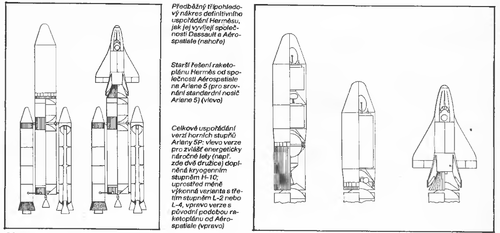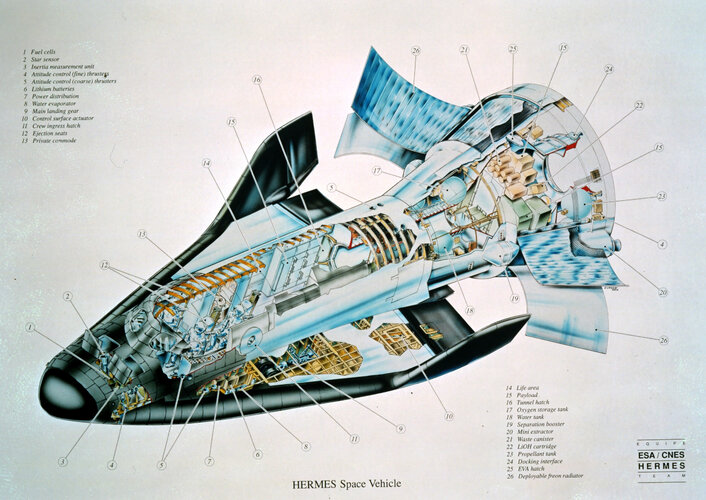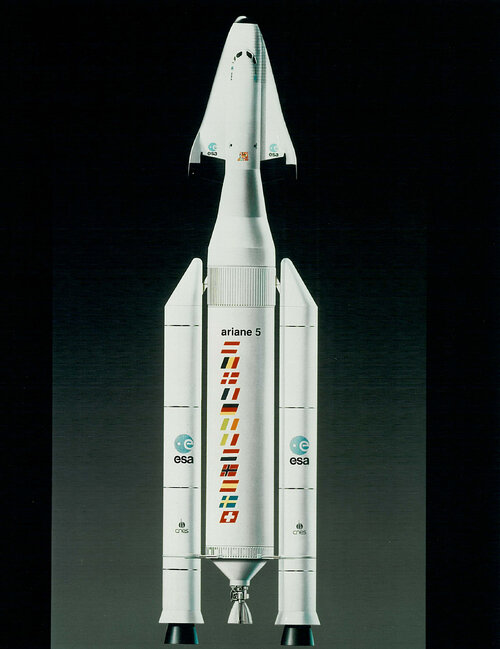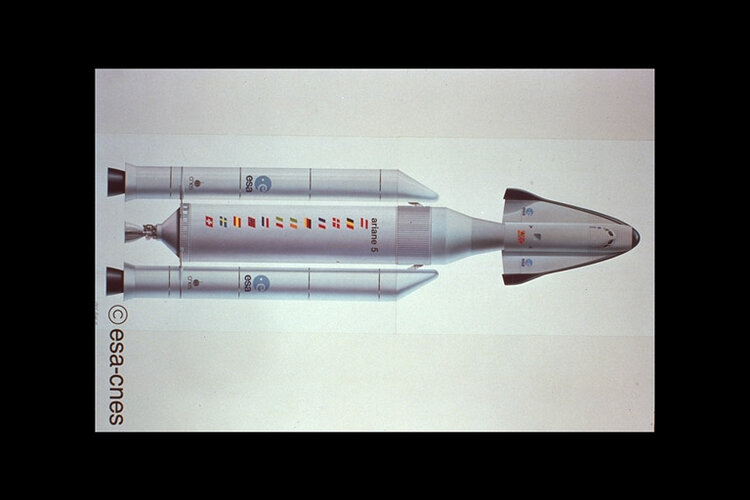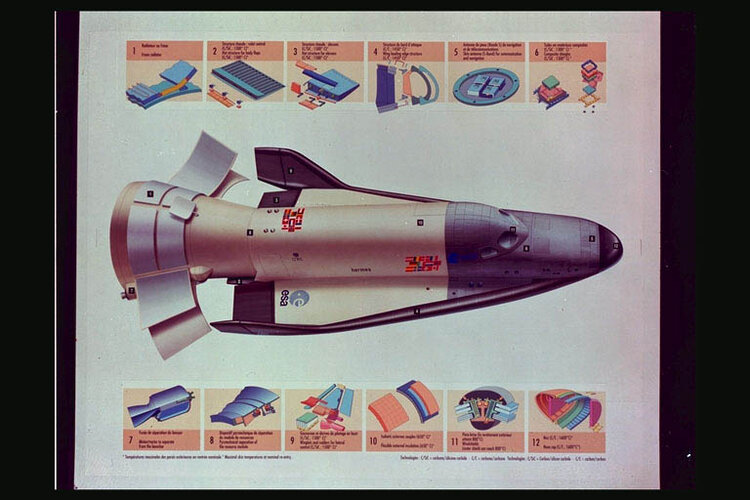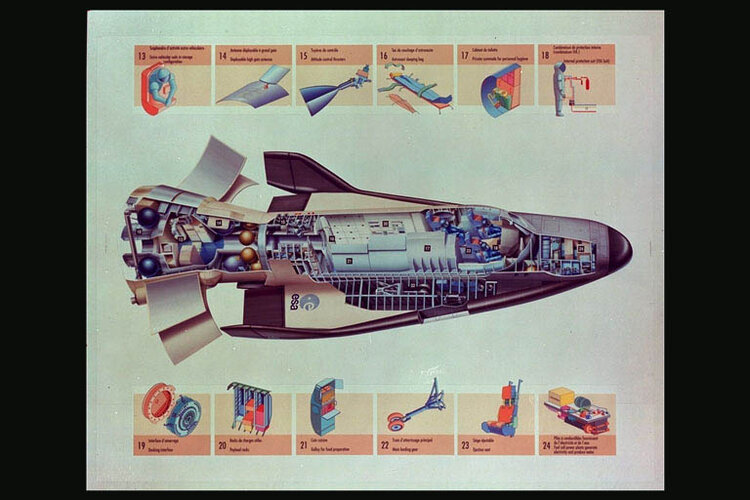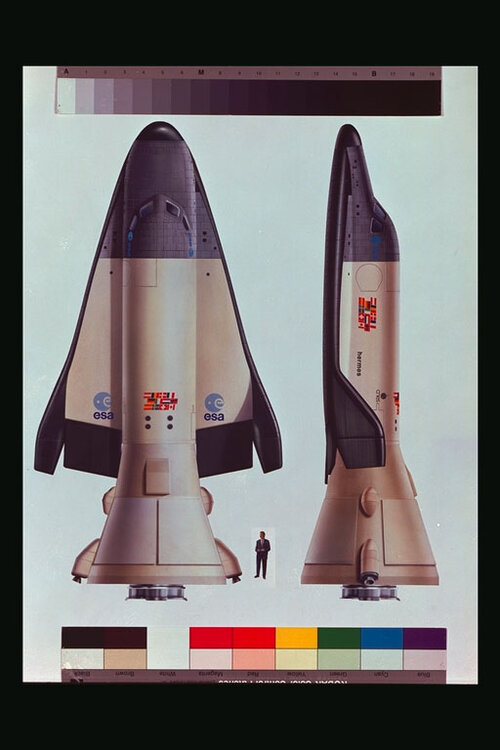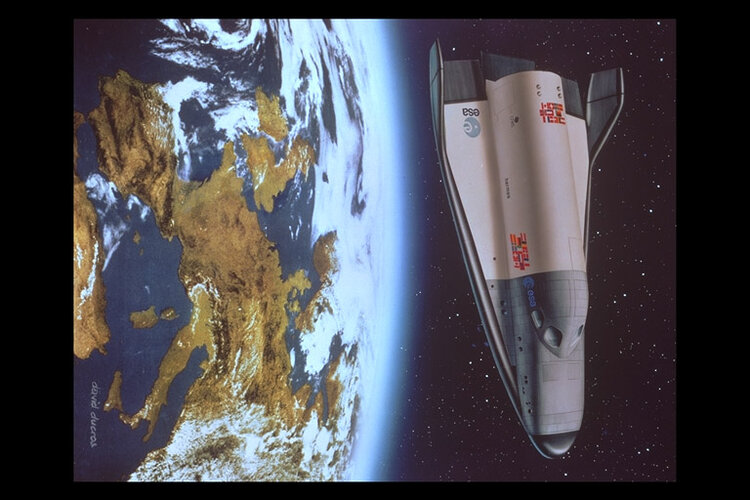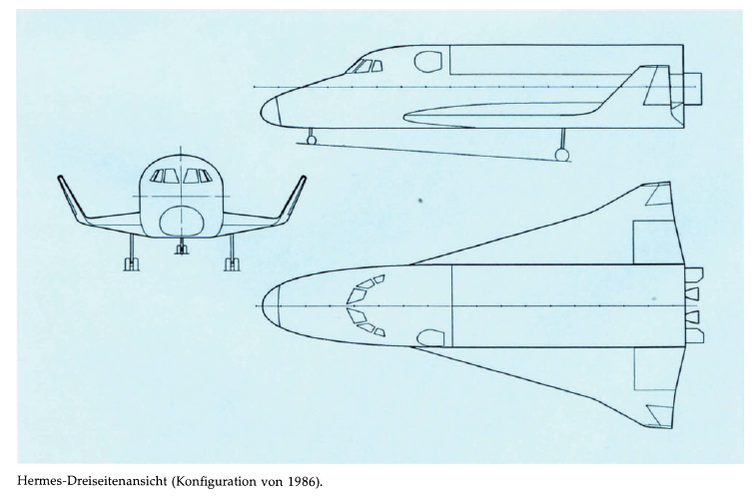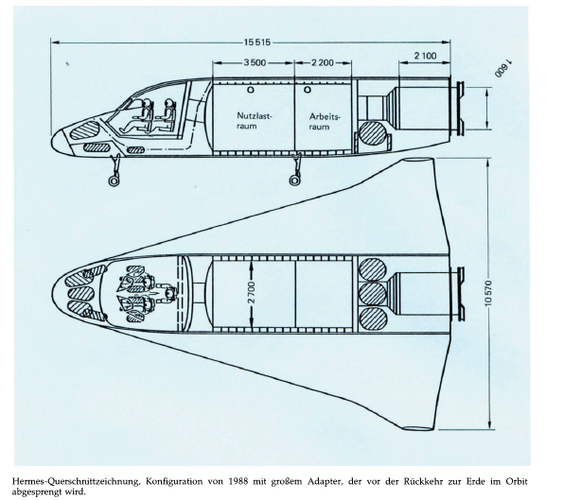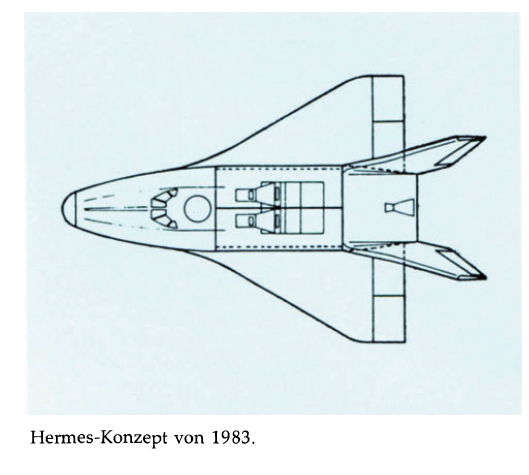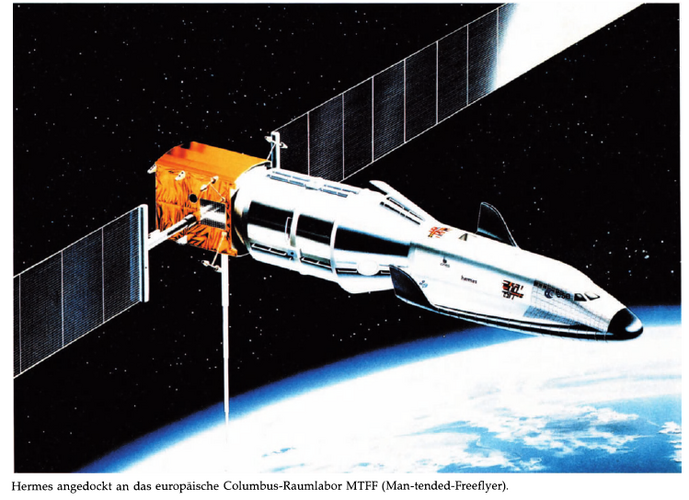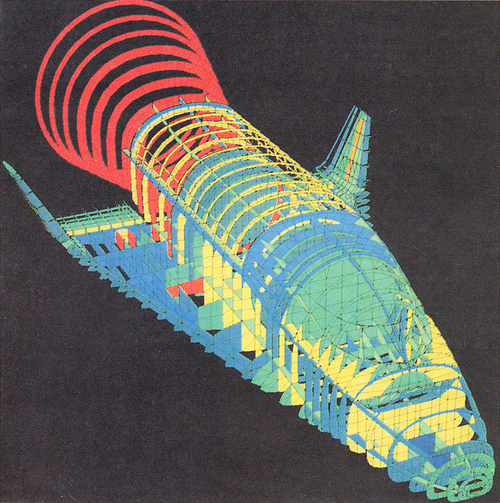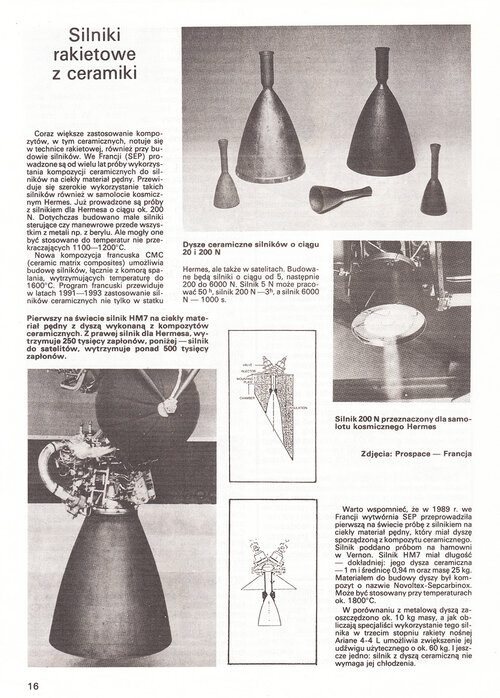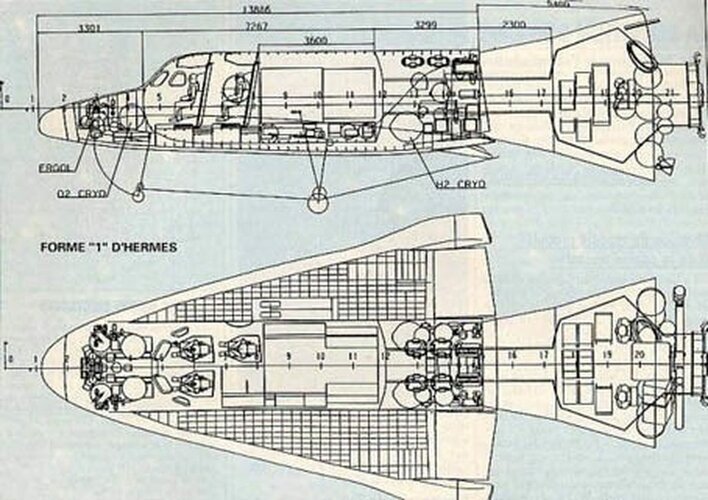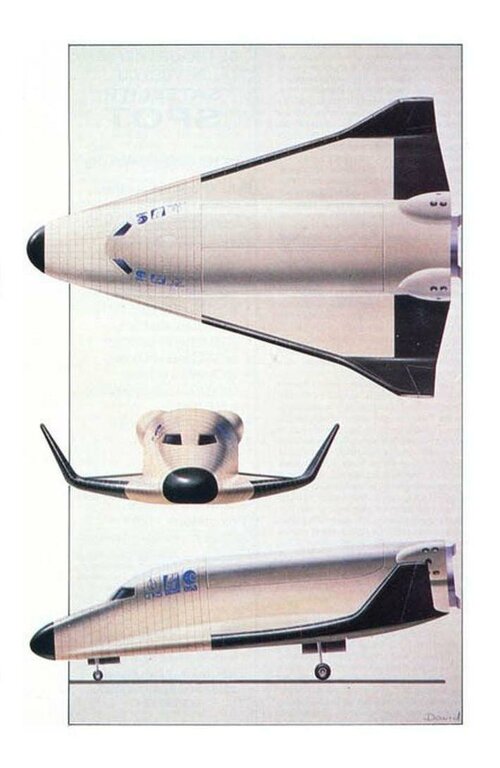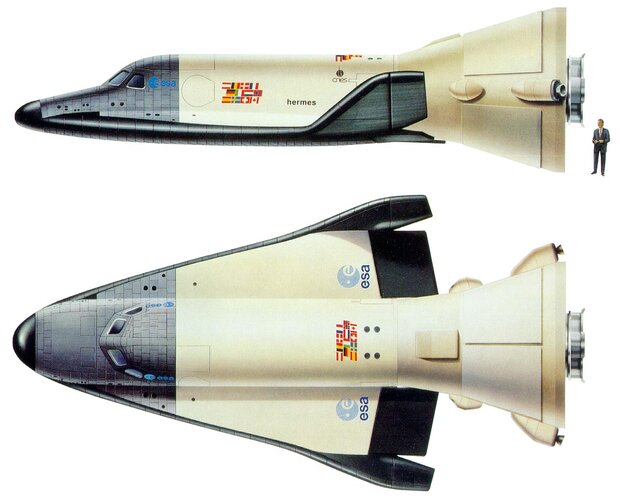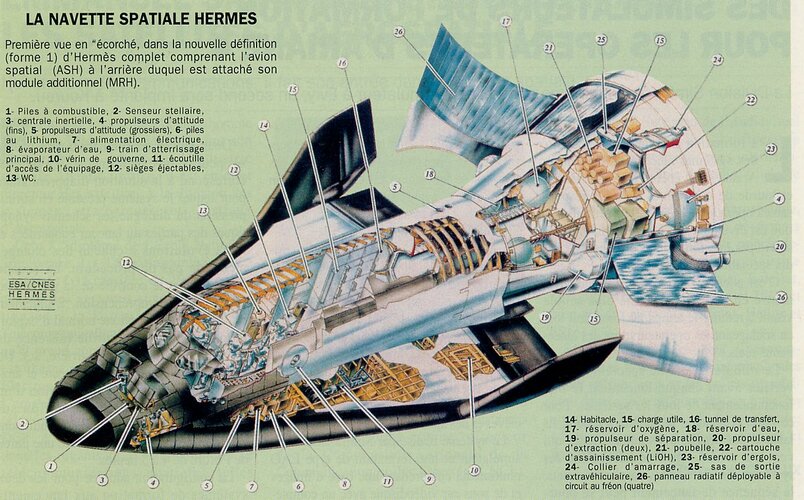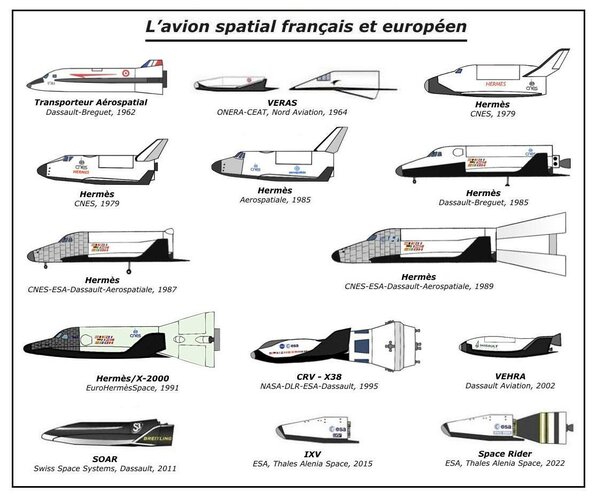martinbayer
ACCESS: Top Secret
- Joined
- 6 January 2009
- Messages
- 3,397
- Reaction score
- 3,904
I’m well aware of the initial French "Systéme Ariane Véhicule Habitable" moniker - after all, it’s also quoted in the “Europe’s Space Programme” online reference I provided earlier. But the full quote from this source clearly states that “Originally the spaceplane was called the ‘Systéme Ariane Véhicule Habitable’, but it soon acquired the classical name of Hermes. ONERA (Office National d’Études et de Recherches Aéronautiques) put a Hermes on an Ariane 4 model in its wind tunnel and was publicly revealed (sic) at the next Paris air show”, so for all intents and purposes we’re really talking about the same project here. I’m also only too familiar with the mission and design creep and the associated iterations and various transmogrifications Hermes underwent over the years until its eventual cancellation with regard to structural concept, aerodynamic layout, and mission capabilities, and the introduction of an expendable resource module and its final incarnation as the uncrewed X-2000 technology demonstrator. That ultimate Hermes as well as the various ones in between might have as much or as little resemblance with the original concept as most of the Phase A Shuttle studies had with the actual STS, but that doesn’t mean than an early Hermes design isn’t just that.
I note that the first capcomespace page you cite also already refers to the 1977 study concept as Hermes and mentions that the initial intent was to launch it on Ariane 4, apparently without any modifications.
Thanks for reminding me of the Ruppe books from 1980/1981 – I completely forgot to check them yesterday. The illustration Ruppe shows on page 640 is very similar to the ones I referred to in my earlier post. Once again, in terms of size, proportions, layout, and booster arrangement, the first stages of the Ariane 4, 5 and 5H (for Hermes) all appear to be completely identical, the main difference being a larger diameter second stage with cryogenic propellants for the 5 and 5H versions. This is further confirmed in the data table on the preceding page, which reflects the planning status of 1979 and shows the exact same entries for the first stage thrust level for all three versions in question, indicating no change in the number of first stage engines. The introduction of a cryogenic second stage is also the only change from Ariane 4 to 5 explicitly mentioned in the accompanying text.
So the answer to the original question at the bottom of this discussion as to whether there ever were plans to use the Ariane 4 or at least unmodified components thereof as respectively for a launch vehicle for Hermes is, based on all the evidence presented up to this point, clearly yes. At least from the sources identified so far it appears that, as Hermes underwent the usual mass growth, the progression went from an unmodified Ariane 4 to an Ariane 5 using an unmodified Ariane 4 first stage (which could rightly be called a common core booster approach) with a new cryogenic second stage to the completely new Ariane 5 poudre (solid) concept that represented the basic configuration of today’s Ariane 5, although all stages and boosters of that design would in time experience their own mass and size growth. I’m not disputing that between the second and third step there may for a short time have been a concept that included an enlarged Ariane 4 first stage with higher propellant load and an additional engine, but I simply haven’t seen a reference source yet (but then admittedly I haven’t looked all that hard). I note however that the common core booster illustration you show in your earlier post refers to the first stage as L220, which is exactly the same name as the first stage of the Ariane 4 shown on page A1-2 of the Ariane 4 User’s Manual, indicating both have the same identical propellant load.
Martin
I note that the first capcomespace page you cite also already refers to the 1977 study concept as Hermes and mentions that the initial intent was to launch it on Ariane 4, apparently without any modifications.
Thanks for reminding me of the Ruppe books from 1980/1981 – I completely forgot to check them yesterday. The illustration Ruppe shows on page 640 is very similar to the ones I referred to in my earlier post. Once again, in terms of size, proportions, layout, and booster arrangement, the first stages of the Ariane 4, 5 and 5H (for Hermes) all appear to be completely identical, the main difference being a larger diameter second stage with cryogenic propellants for the 5 and 5H versions. This is further confirmed in the data table on the preceding page, which reflects the planning status of 1979 and shows the exact same entries for the first stage thrust level for all three versions in question, indicating no change in the number of first stage engines. The introduction of a cryogenic second stage is also the only change from Ariane 4 to 5 explicitly mentioned in the accompanying text.
So the answer to the original question at the bottom of this discussion as to whether there ever were plans to use the Ariane 4 or at least unmodified components thereof as respectively for a launch vehicle for Hermes is, based on all the evidence presented up to this point, clearly yes. At least from the sources identified so far it appears that, as Hermes underwent the usual mass growth, the progression went from an unmodified Ariane 4 to an Ariane 5 using an unmodified Ariane 4 first stage (which could rightly be called a common core booster approach) with a new cryogenic second stage to the completely new Ariane 5 poudre (solid) concept that represented the basic configuration of today’s Ariane 5, although all stages and boosters of that design would in time experience their own mass and size growth. I’m not disputing that between the second and third step there may for a short time have been a concept that included an enlarged Ariane 4 first stage with higher propellant load and an additional engine, but I simply haven’t seen a reference source yet (but then admittedly I haven’t looked all that hard). I note however that the common core booster illustration you show in your earlier post refers to the first stage as L220, which is exactly the same name as the first stage of the Ariane 4 shown on page A1-2 of the Ariane 4 User’s Manual, indicating both have the same identical propellant load.
Martin

